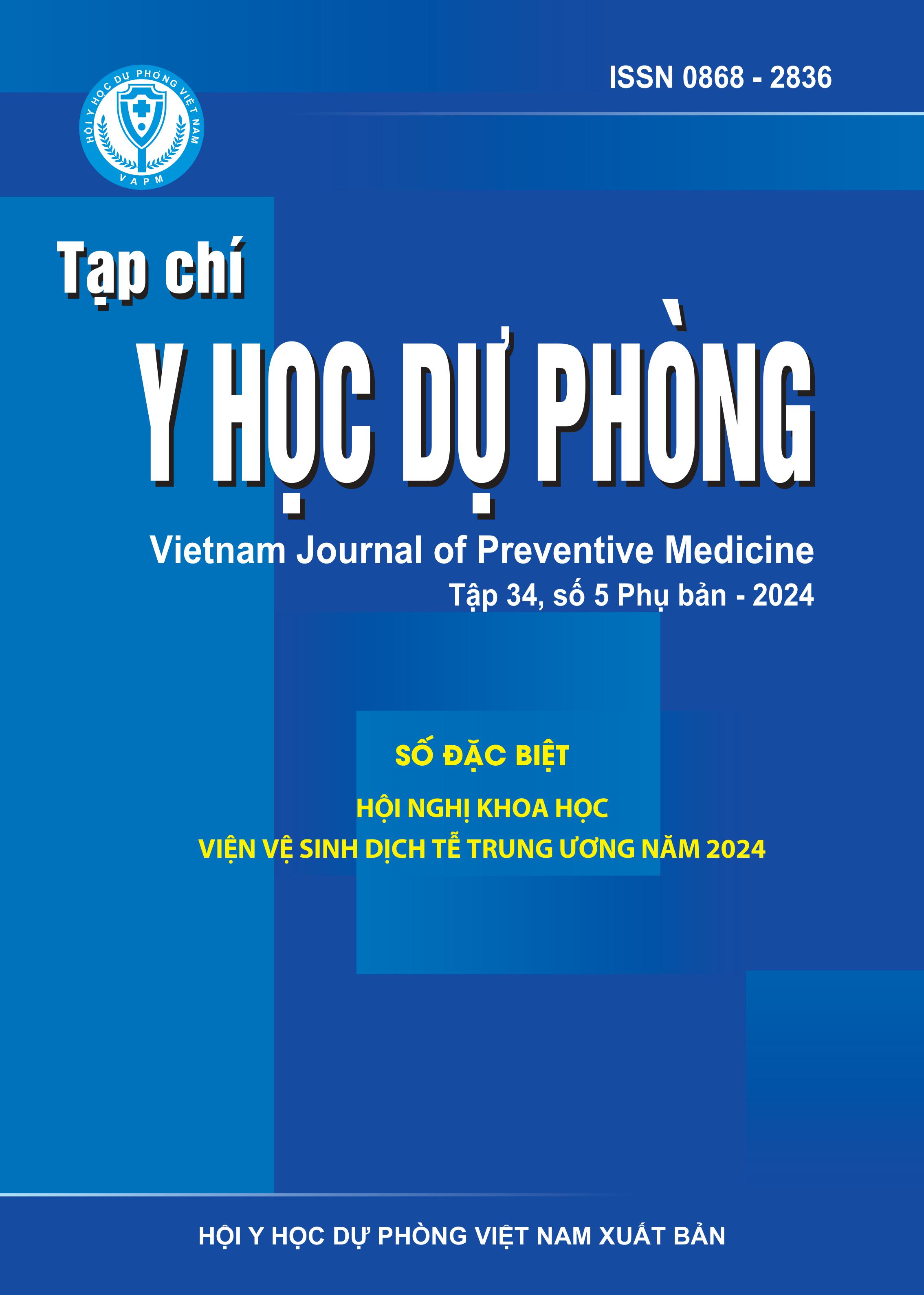Some epidemiological, clinical, and laboratory characteristics of rare malaria cases caused by Plasmodium malariae in Khanh Vinh district, Khanh Hoa province, 2023
DOI:
https://doi.org/10.51403/0868-2836/2024/1856Keywords:
Malaria, Plasmodium malariae, Khanh Vinh districtAbstract
This study aims to describe the epidemiological, clinical, and laboratory characteristics of rare malaria cases caused by Plasmodium malariae in Khanh Vinh district, Khanh Hoa province when the locality recorded an increase in malaria cases in 2023. A descriptive case series design was used. Results showed that 104 cases of P. malariae were recorded in Khanh Vinh district. Epidemiological characteristics: mainly male (75%), 15 years of age and older (73.08%), Raglai ethnic group (59.62%), forest goers and farmers (67.31%), with 100% of suspected cases originating in remote forest and farm areas, and 100% of P. malariae cases were indigenous case in Khanh Vinh district, with the highest distribution in Khanh Thuong commune. Clinical characteristics: 97.12% had fever symptoms, and 100% had typical malaria fever, with an average duration from symptom onset to diagnosis of 2.65 days. Laboratory characteristics: 87.50% had gametocytes in the peripheral blood with an average parasite density of 1,624 malaria parasites/μl. Malaria caused by Plasmodium malariae in Khanh Vinh mainly occurs in high-risk groups among forest goers and farmers, involves a rare species, and has a low parasite density, which can lead to diagnostic errors during testing.
Downloads
Downloads
Published
How to Cite
Issue
Section
License
Publication License No 150/GP-BTTTT signed on May 8, 2014;
Electronic Publication License No 322/GP-BTTTT signed on June 15, 2016.


